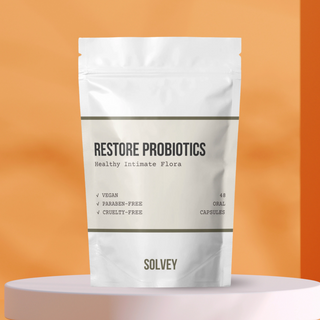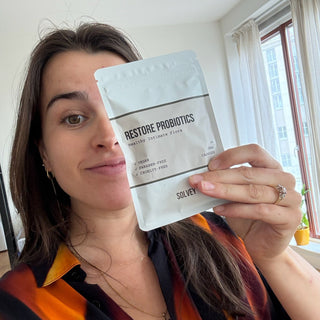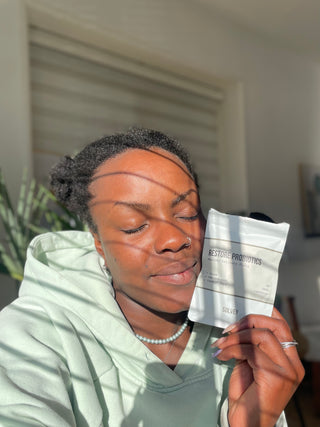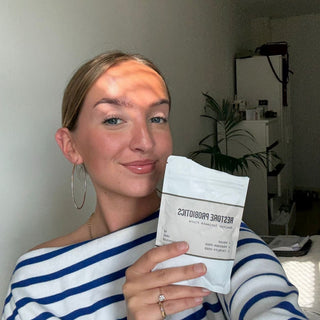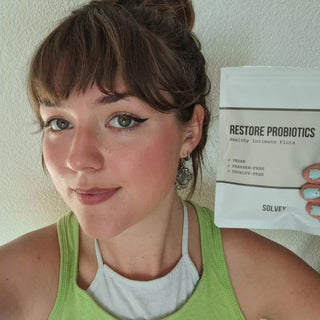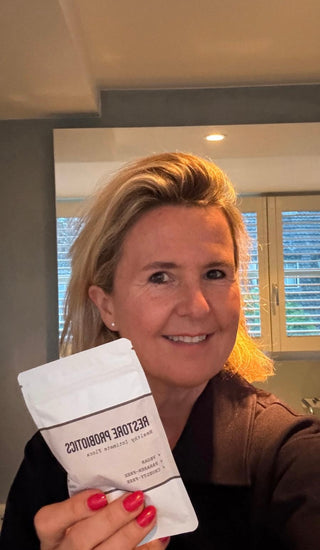Why Boric Acid matters
Vaginal yeast infections are one of the most common infections in women worldwide. About 3 in 4 women will have at least one during their lifetime, and around 5% suffer from recurring infections that keep coming back (Sobel, 2007; Sobel, 2016).
Standard antifungal medicines, like fluconazole, don’t always solve the problem; especially when resistant strains or harder-to-treat species such as Candida glabrata are involved (Sobel & Chaim, 1997). That’s why boric acid has gained attention as a safe, natural, and science-backed alternative.
How Boric Acid works
The vagina is a delicate ecosystem, strongly influenced by pH and its balance of bacteria. When this balance is disrupted, by antibiotics, stress, or hormones, harmful organisms like Candida (Yeast) and Gardnerella (BV) can overgrow.
Boric acid suppositories help restore balance in three ways. They lower vaginal pH, creating a slightly acidic environment (below 4.5) that supports healthy Lactobacillus and discourages harmful microbes (Van Slyke et al., 1981). They fight microbes directly, working against a wide range of pathogens, including drug-resistant Candida strains (Lavazzo et al., 2011). And finally, they calm inflammation, easing irritation and redness while supporting healing.
What the Science says
Studies from around the world confirm boric acid’s effectiveness, especially for resistant or recurrent yeast infections. Ray et al. (2007, India) showed that for Candida glabrata, boric acid cured 63–72% of cases, compared with only 29–33% for fluconazole. Van Slyke et al. (1981, USA) reported cure rates of 92% for C. albicans with boric acid, versus 64% with nystatin. Sobel & Chaim (1997, USA) found that in Torulopsis glabrata infections, boric acid cured 77%, while clotrimazole cured only 36%. Jovanovic et al. (1991, USA) observed a cure rate of 97.8% with boric acid compared to 0% for standard therapy.
Across studies, cure rates ranged from 40% to 100%, depending on the infection and study design. A systematic review of 14 studies (696 women) confirmed boric acid is consistently effective for tough-to-treat vaginal infections (Lavazzo et al., 2011).
Safety and Tolerability
The typical dose is 600 mg vaginally, once daily for 2–14 days. Blood levels remain well below safety thresholds (Sobel, 2007). Most women tolerate boric acid well. Some may experience mild side effects such as a temporary burning sensation (in less than 10% of cases), watery discharge, or slight redness, but serious side effects are extremely rare. Continuous long-term use has not been fully studied, so boric acid is usually taken in cycles.
Myths vs. Facts
Myth 1: Boric acid is a harsh chemical.
Fact: It’s a naturally occurring mineral and safe when used correctly in suppositories.
Myth 2: It only works for yeast infections.
Fact: It’s especially effective for yeast, but research also suggests benefits for bacterial vaginosis.
Myth 3: It’s a quick fix for every vaginal issue.
Fact: Boric acid is powerful, but it doesn’t solve all underlying causes. Long-term vaginal health may also require probiotics, lifestyle changes, or medical guidance.
The Bottom Line
Boric acid is a safe, natural, and proven option for women with recurrent or resistant vaginal infections. By restoring vaginal pH, stopping resistant microbes, and calming irritation, it does more than just mask symptoms; it helps rebuild balance in the vaginal ecosystem.


